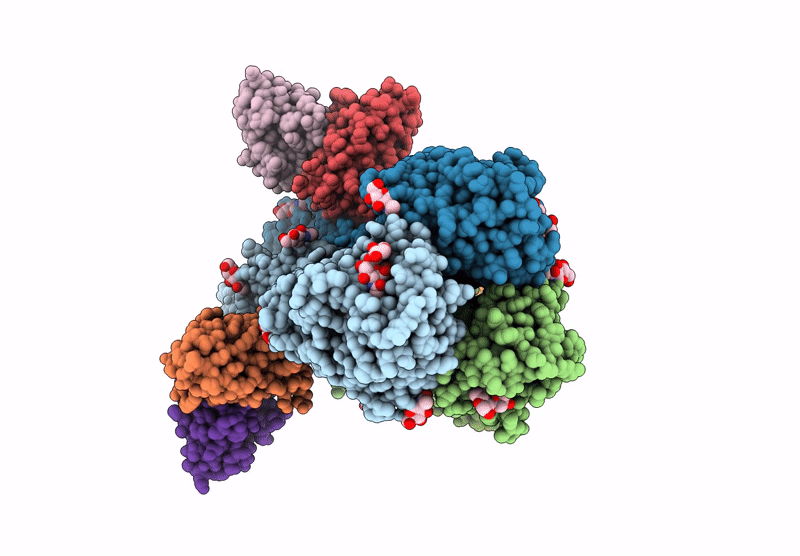
Deposition Date
2024-10-09
Release Date
2024-12-04
Last Version Date
2025-01-15
Entry Detail
PDB ID:
9DWE
Keywords:
Title:
Cryo-EM structure of hemagglutinin H5 A/Texas/37/2024 in complex with LSTa and antibody CR9114
Biological Source:
Source Organism:
Homo sapiens (Taxon ID: 9606)
Influenza A virus (Taxon ID: 11320)
Influenza A virus (Taxon ID: 11320)
Host Organism:
Method Details:
Experimental Method:
Resolution:
2.80 Å
Aggregation State:
PARTICLE
Reconstruction Method:
SINGLE PARTICLE


